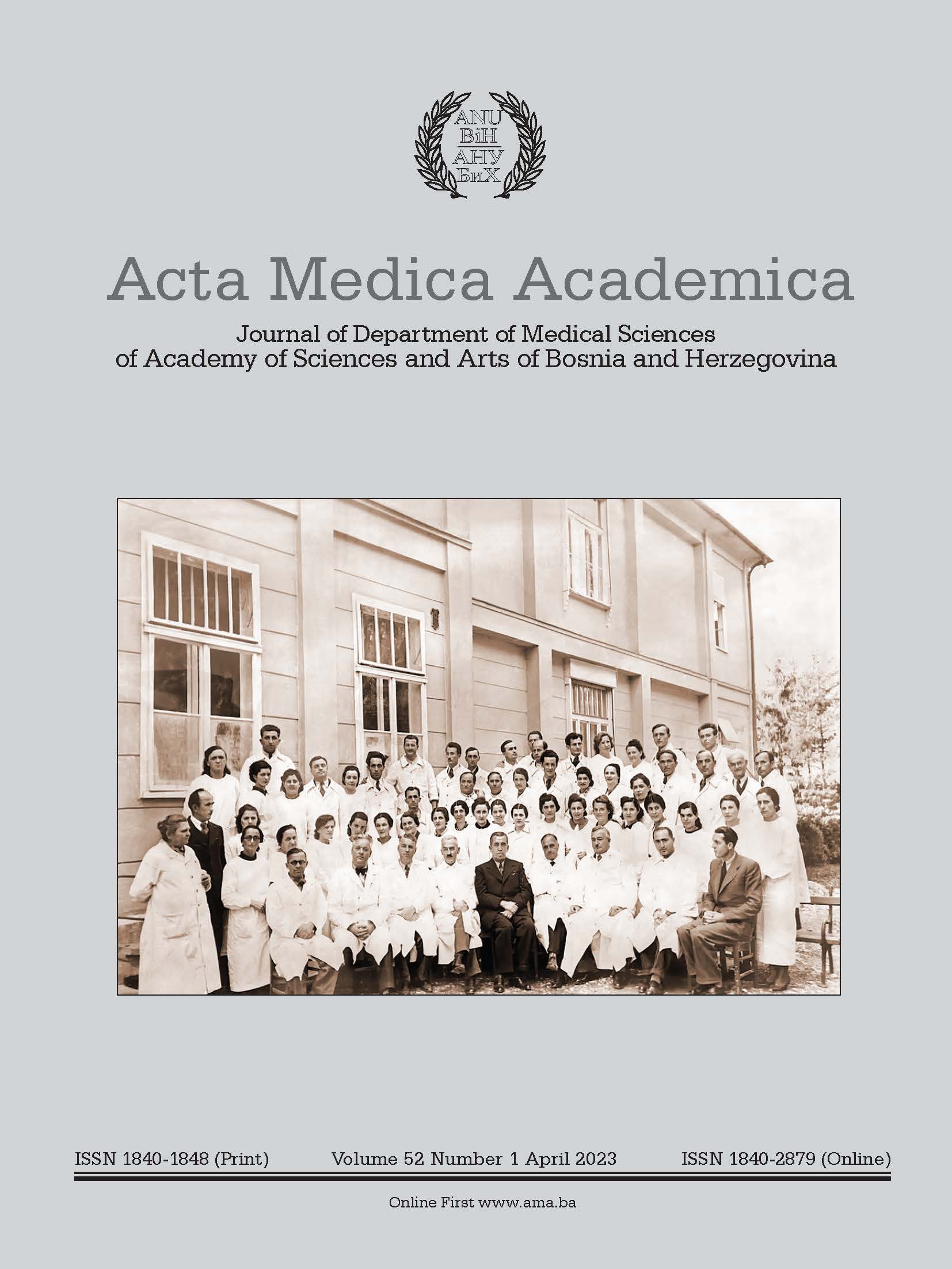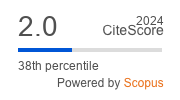The Brachiocephalic Trunk Variant Origin and High-Riding Course: Two Cadaveric Cases
DOI:
https://doi.org/10.5644/ama2006-124.402Keywords:
High-Riding Brachiocephalic Trunk, Innominate Artery, Variant, Compression, TracheaAbstract
Objective. The current report describes two rare cadaveric findings of a left sided brachiocephalic trunk (BCT) in relation to the trachea, and its high-riding course above the suprasternal notch (SN).
Cases Descriptions. In two elderly body donors dissected after death, a left-sided BCT was identified with a high-riding course (0.5 and 0.8 cm above the SN). The BCT originated from the aortic arch, in common with the left common carotid artery, more distally than the typical left-side location and crossed in front of the trachea. In the 1st case, the ascending and descending aortae, and the left subclavian artery had aneurysmal dilatation. In both cases, the trachea was displaced to the right side and had a stenosis due to the chronic compression.
Conclusion. A high-riding BCT is of paramount clinical importance, as it may complicate tracheotomy, thyroid surgery and mediastinoscopy, leading to fatal complications. BCT injury leads to a massive bleeding during neck dissection (level VI), when the vessel crosses the anterior tracheal wall.
Downloads
Published
Issue
Section
License
Copyright (c) 2023 George Tsakotos, Theano Demesticha, Vasilios Karampelias, Konstantinos Natsis, Vasilios Protogerou, Dimitrios Schizas, Ilenia Chatziandreou, Georgia Kostare, Maria Piagkou

This work is licensed under a Creative Commons Attribution-NonCommercial 4.0 International License.





